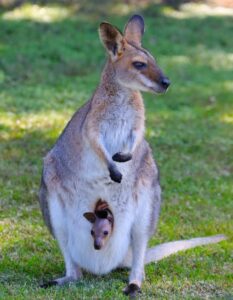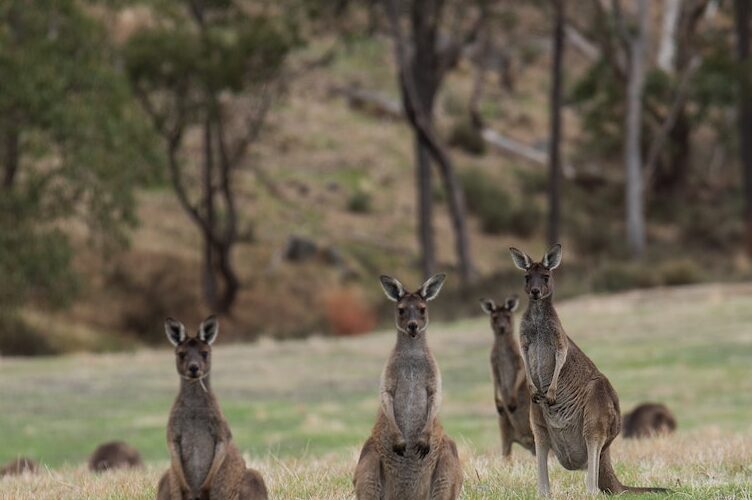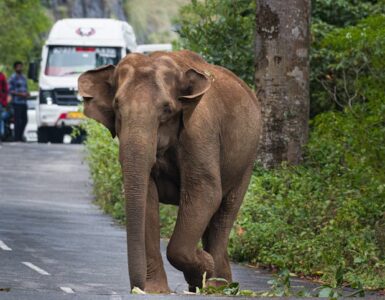Many of us have studied British biologist Charles Darwin, widely known for his contributions to evolutionary biology. He spent many years in South America, collecting samples of plants and animals, which formed the basis for his thoughts about evolution in ‘On the Origin of Species.’
However, few know biologist Alfred Russel Wallace, who played a critical part in Charles Darwin’s theory of evolution, as the discoveries Wallace made played a crucial role in shaping early thoughts on evolution and biogeography.
His most notable discovery was an imaginary divide in the Indonesian archipelago separating the Oriental and Australian biotas. This imaginary divide is known as the Wallace Line; it stretches between the islands of Bali and Lombok and Borneo and Sulawesi.
The Wallace Line is not a chance discovery; beginning in 1854, Alfred Wallace spent eight years traveling through the jungles in the Indo-Malay region, meeting the local people to understand the ecology and analyzing flora and fauna.
Wallace discovered that the animal species found to the west of the Wallace Line were different from the species found to the east of the line. Many fish, birds, and mammal groups are abundant on one side of the Wallace Line and largely absent on the other.
Examples of Wallace Line

We all know about Komodo dragons and marsupials like Kangaroos. Both these species are only found to the east of The Wallace Line and absent on the west. While west of the invisible divide, you will discover the wet tropics, its unique rainforests, and endangered primates such as Orangutans, Proboscis Monkeys, and Gibbons.
Another example is Borneo and its neighboring island, Sulawesi. Borneo, which is on the left side of The Wallace Line, does not have any marsupial mammals (Kangaroos, Koalas, Cuscus, etc.).
The neighboring island of Sulawesi is a treasure trove of biodiversity, including marsupials like the bear cuscus and dwarf cuscus, as well as other animals like the tarsier and macaque.
These are just a few examples, and there are countless other species of animals and plants, including birds and marine life, that exhibit differences on either side of the Wallace Line.
Wallace noted that many birds followed the line, as many species did not fly over even narrow stretches of water. He also discovered that the animal species found to the west of the Wallace Line were all similar to or derived from species found on the Asian mainland, while the species found to the east of the Wallace Line were largely of Australian descent.
Rafflesia Arnoldii, widely known as the corpse flower for its peculiar odor, inhabits the tropical rainforests west of Wallace’s Line.
What caused the biogeographic boundary?
If you know or have heard about Indonesia’s geology, volcanos will always be mentioned. The country has more than a hundred active volcanoes.
The island nation is located along the Pacific Ring of Fire, an area dominated by tectonic activity, which results in volcanic eruptions, earthquakes, floods, and tsunamis. These complicated geological forces have also defined its natural history.
Millions of years ago, sea levels were considerably lower, and the land was joined together to form one huge landmass on which numerous species lived, roamed, and reproduced freely. As plate tectonics started to take effect and ice began melting, the landmasses moved apart, allowing water to flood the open spaces between them.
As different islands of Asia and Australia formed, the species locked into them began to evolve in different directions. As time passed, evolutionary processes led to unique flora and fauna on either side of the boundaries.
Any Other Zoological Divides
While the Wallace Line is the most famous example, zoological boundaries are applicable in various regions worldwide where geographical features and historical factors shape ecosystems.
Huxley’s Line, named after biologist Julian Huxley, is another biogeographic boundary in the Indonesian archipelago. It is located further to the east than the Wallace Line and separates the flora and fauna of New Guinea (to the east) from that of the Southeast Asian islands (to the west).
Wrapping Up
The discoveries of Russell Wallace that happened 150 years ago will always be recognized for highlighting the forces of time and geography that have sculptured the flora and fauna of the world.
Watch this video made by Change Started to get a visual perspective.






Add comment